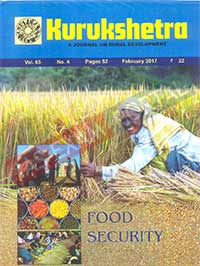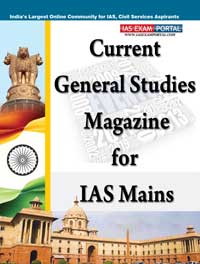
Current General Studies Magazine (April 2017)
General Studies - II "Debate based Article" (Proposal
to tax agricultural income)
Amnesia and ignorance don’t facilitate discourse, especially when indulged in by people who catapult themselves into it, without being aware of the present policy or its past evolution. This piece is not meant to stir the pot on agricultural income taxation further, but it will state some facts. First, Section 2 (1A) of the Income Tax Act defines agricultural income as rent/revenue from land, income derived from this land through agriculture and income derived from buildings on that land. Second, Section 10 (1) of the Income Tax Act excludes agricultural income from a computation of total income. Neither of these sections is dispute-free and chartered accountants and lawyers have been enriched via these. But broadly, these propositions are true.
Third, conditions on the sale of agricultural land vary from state to state. In some states, there is a requirement that land can only be sold to “farmers”. But not every state requires this. When there is a stipulation, there are no credible checks on “farmer’s certificates”, in addition to circumvention through the leasing route. Fourth, in the Seventh Schedule, Entry 82 in the Union List mentions taxes other than agricultural income, while Entry 46 in the State List mentions taxes on agricultural income. Therefore, arguing that this is in the State List is valid. But, if I have apoplexy at the mention of an agricultural income tax, there can be only two conclusions: I don’t know that some states tax agricultural income, or I am denying state legislatures their right to tax agricultural income.
Fifth, long before the Income Tax Act of 1961, there was the Income Tax Act of 1860, now forgotten. This was the introduction of income tax in India (in a modern sense) and it was meant to be temporary. Wonder of wonders, it taxed agricultural income till 1886. What changed in 1886, or between 1860 and 1886? The answer had more to do with general resentment against colonial rule, and less to do with agricultural income taxation directly. Sixth, in 1932, there was the Federal Finance Committee of the Round Table Conference and its report. If we have the present constitutional structure, that’s because of this report and the Government of India Act (1935).
Seventh, we have had Agricultural Income Tax Acts in Bihar (1938), Assam (1939), Bengal (1944), Orissa (1948), Uttar Pradesh (1948), Hyderabad (1950), Travancore and Cochin (1951) and Madras and Old Mysore State (1955). Eighth, this isn’t entirely history — we still have the Assam Agricultural Income Tax Act (1939), the Bihar Agricultural Income Tax (1939), the Kerala Agricultural Income Tax Act (1991), the Tamil Nadu Agricultural Income Tax Act (1955), the Orissa Agricultural Income Tax Act (1947), the Maharashtra Agricultural Income Tax (1962) and the Bengal Agricultural Income Tax Act (1944), or so I think.
Unlike the Karnataka Agricultural Income Tax Act (1957), repealed in 2016, I am not aware of these statutes having been repealed. Therefore, it isn’t true that states don’t tax agricultural income, though it’s true that they tax some kinds of agricultural income, such as plantations. Ninth, it isn’t as if this issue was discovered yesterday. The issue of taxing agricultural income (and wealth) goes back to the 1960s. There must be a unified system of taxation across states. Agricultural income taxation must be integrated with non-agricultural income taxation. Land revenue tax hasn’t quite worked and must be replaced.




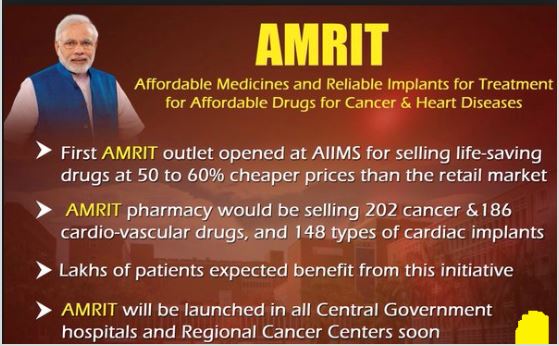
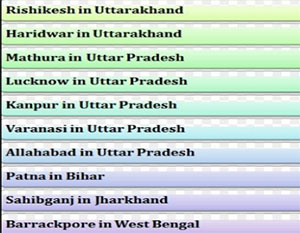 What is it?
What is it?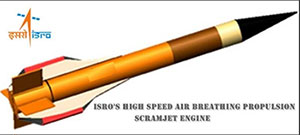 What
is it?
What
is it?